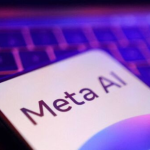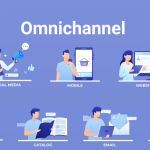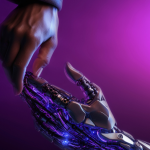
Web3 and the Metaverse: A New Era for the Internet?
The internet, a vast digital landscape, has undergone continuous evolution since its inception. We’ve witnessed the rise and fall of trends, the emergence of new technologies, and a paradigm shift in how we interact and consume information online. Today, the internet stands at a crossroads, ushering in another potential revolution with Web3 and the Metaverse taking center stage.
Web1: The Read-Only Web (1990s)
In the early days, the internet was essentially a read-only experience. Static websites served as digital brochures, offering limited user interaction. Information flowed in a one-directional manner, with users primarily consuming content created by others.
Web2: The Social Web (2000s – Present)
Web2 marked a significant shift towards a more interactive and user-driven internet. The rise of social media platforms, blogs, and e-commerce fostered online communities, content creation, and information sharing like never before. However, control of user data and content largely remained concentrated with major tech companies.
Web3: The Decentralized Web (Emerging)
Web3 aims to decentralize the internet, empowering users and shifting control away from centralized entities. This future web envisions blockchain technology as the backbone, enabling:
- Decentralized ownership: Users can own and control their digital assets and data, represented by tokens stored on a secure and distributed ledger.
- Peer-to-peer interactions: Users can directly interact with each other and engage in transactions without intermediaries.
- Open and transparent ecosystem: The core infrastructure and governance are transparent and accessible to all participants.
The Metaverse: A Blurring of Lines
The Metaverse is not solely a technological advancement; it’s a conceptual shift towards a persistent, shared virtual world accessed through various devices, potentially including virtual reality (VR) headsets. Within the Metaverse, users can expect to:
- Interact with each other through avatars, blurring the lines between the physical and virtual.
- Work, play, and socialize in immersive environments, creating new forms of online experiences.
- Own and trade virtual assets like digital land, objects, and even avatars.
The Future: A Blend of Possibilities
While Web3 and the Metaverse are still in their early stages, their potential seems boundless. It’s crucial to acknowledge the challenges that lie ahead, such as ensuring equitable access, addressing security concerns, and establishing clear regulations.
However, the future holds exciting possibilities:
- Increased user empowerment: Individuals could have greater control over their online identities, data, and assets.
- New avenues for content creation and monetization: Creators and businesses could explore innovative ways to connect with audiences and generate revenue.
- Enhanced collaboration and communication: The Metaverse has the potential to break down geographical barriers and foster connections in new ways.
As the internet evolves, it’s important to remain informed, engaged, and critical of the potential impacts of these advancements. As we navigate this exciting yet uncertain future, collaborative efforts are crucial to ensure a Web3 and Metaverse that benefits all participants and fosters a positive impact on our world.
Leave A Comment
Search
Recent Post
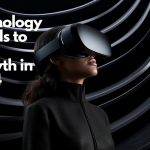
Top 8 Technology Trends to Drive Growth in 2024
16 April. 2024

Reports on Autopilot: Can GA4 Really Be This Easy?
5 March. 2024
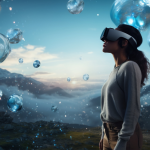
Web3 and the Metaverse: A New Era for the Internet?
27 February. 2024
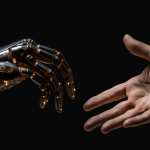
How AI is Reshaping Search Engine Optimization?
22 February. 2024

Is GEMINI the Next Game-Changer for Your Business?
20 February. 2024

5 Digital Marketing Trends You Need to Know in 2024
16 February. 2024

Is Your Website Talking Back? Dominate Voice Search with These 3 Hacks!
13 February. 2024

Unexpected Ways Apple Vision Pro Will Change India: Beyond the Hype
8 February. 2024

How UX Design Can Satisfy Users and Business Goals ?







